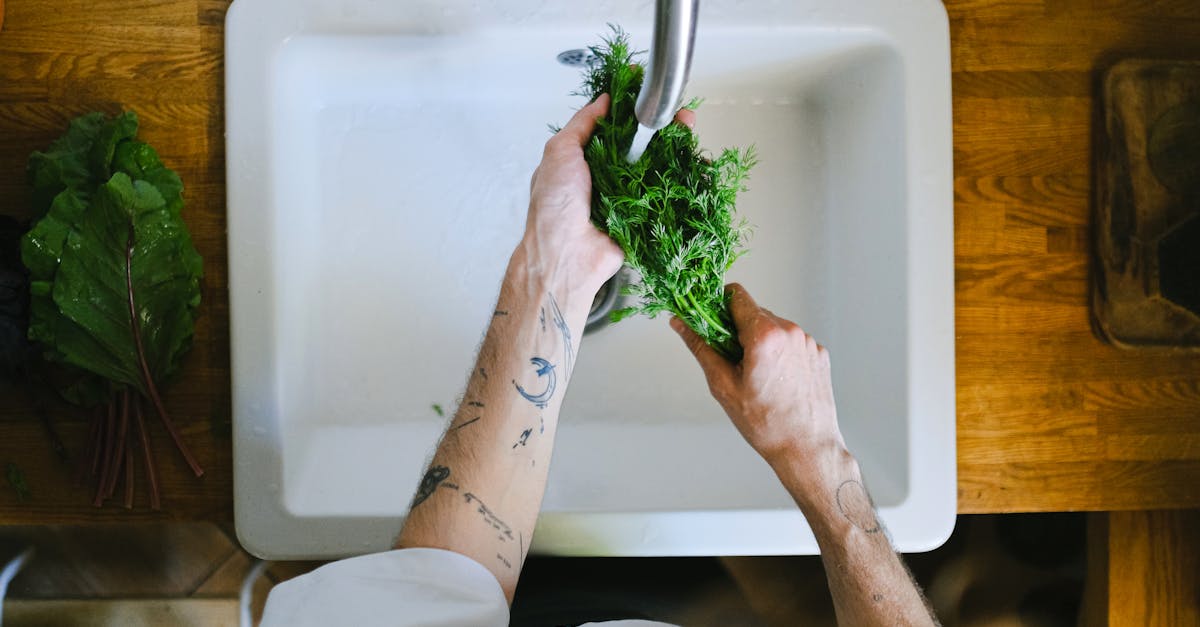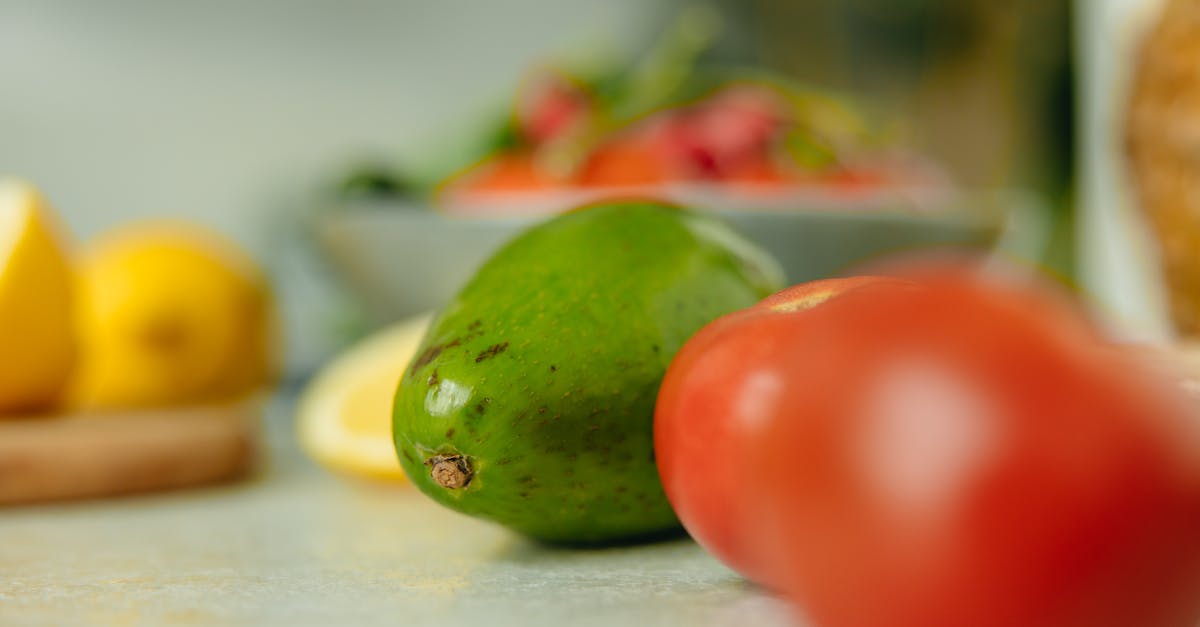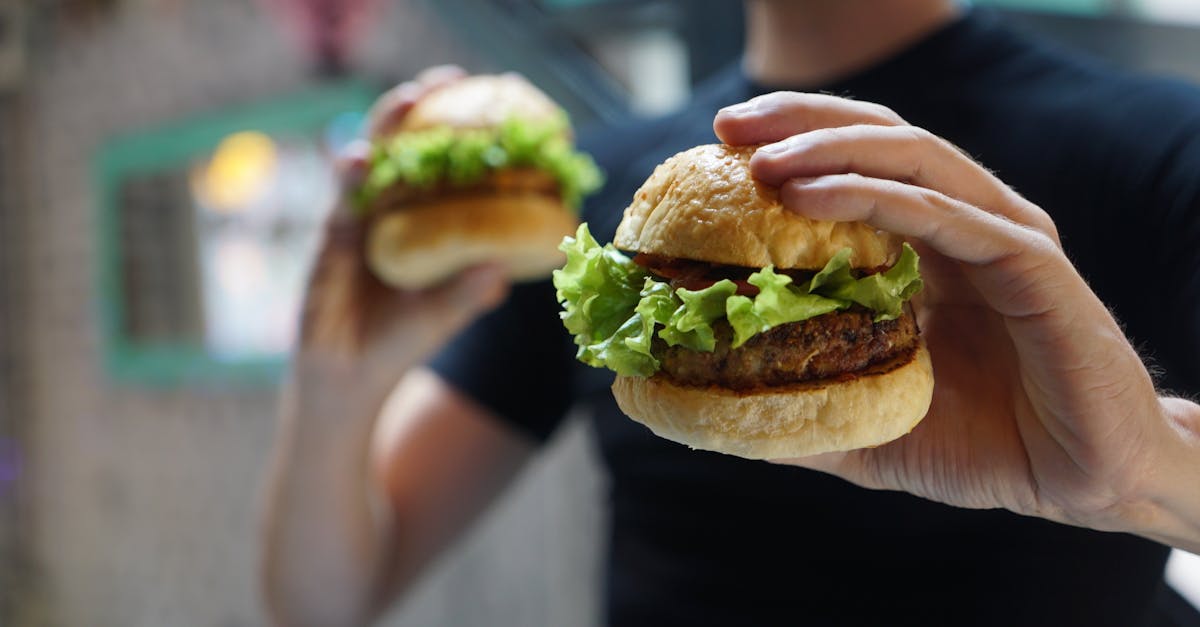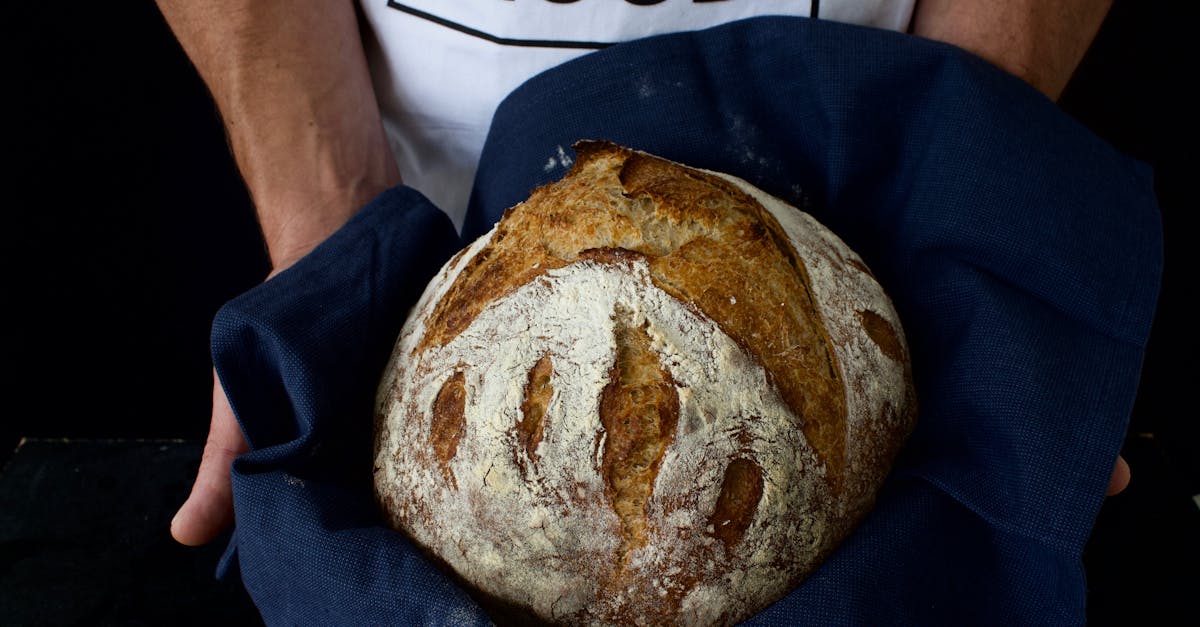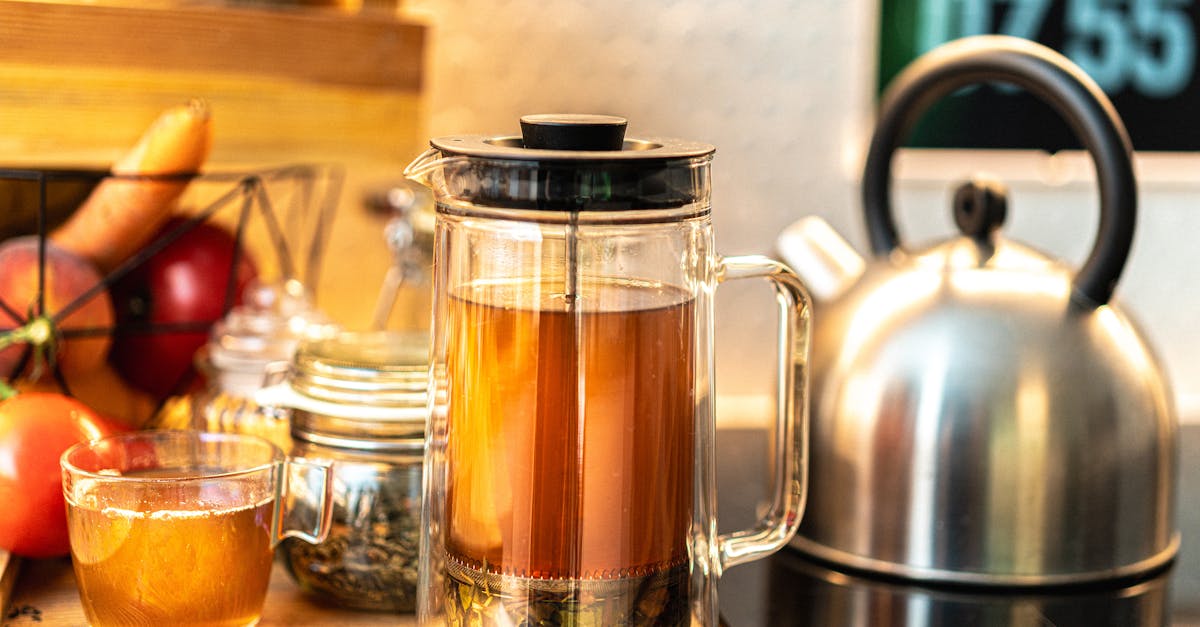Guide to Baking Bread at Home
Introduction
Baking bread at home is a fulfilling and enjoyable pursuit, offering a hands-on, sensory experience reminiscent of simpler times. Whether you're a beginner or a seasoned baker, understanding the fundamentals of bread making can transform your kitchen into a hub of delicious, aromatic creations. This guide will walk you through the essential steps and techniques involved in baking bread from scratch.
Advertisement
Choosing the Right Ingredients
The foundation of great bread begins with the right ingredients. Flour is the main ingredient, and selecting between all-purpose, bread, or whole wheat flour can alter the bread's texture and flavor. Yeast is the leavening agent, with active dry and instant yeast being common choices for home baking. Water, sugar, and salt are also crucial for the dough’s development and flavoring.
Advertisement
The Art of Kneading
Kneading is a critical step in bread making, developing gluten to give your bread structure and texture. The process involves pressing, folding, and stretching the dough until it becomes smooth and elastic. Whether you choose to knead by hand or use a mixer, understanding how to recognize the dough's "windowpane" stage is key to successful baking.
Advertisement
The First Rise
Once kneaded, the dough needs to rest and rise, usually referred to as fermentation. This process allows yeast to produce carbon dioxide and flavor. Typically, this first rise takes about 1-2 hours, or until the dough doubles in size. A warm, draft-free environment is ideal for promoting yeast activity during this initial rise.
Advertisement
Shaping the Dough
Shaping involves deflating the risen dough and molding it into your desired form, such as a round boule or oblong loaf. Proper shaping ensures an even crumb and allows the dough to rise uniformly during baking. It’s an opportunity for creativity, allowing you to craft bread with decorative patterns and unique shapes.
Advertisement
The Second Rise
Following shaping, the dough undergoes a second, shorter rise known as proofing. This crucial step allows the dough to relax and expand further, enhancing the bread’s texture and flavor. Proofing can take from 30 minutes to an hour, depending on the recipe and ambient conditions. A perfectly proofed dough should spring back slowly when pressed lightly.
Advertisement
Preheating and Baking
Preheating your oven to the appropriate temperature is essential for creating a golden crust and ensuring an even bake. An oven thermometer can help verify accurate temperatures. Baking times and temperatures vary—common settings hover around 375°F to 450°F. A fully baked loaf will sound hollow when tapped on the underside.
Advertisement
Cooling and Storing
Allow the bread to cool on a wire rack to prevent sogginess and for its flavors to come into full bloom. Once cooled, store your bread in a bread box or wrapped tightly to maintain its freshness. For longer storage, bread can be frozen and thawed when needed. Proper handling ensures you enjoy every slice as fresh as the first.
Advertisement
Troubleshooting Common Issues
New bakers may encounter issues like dense texture or dough sticking to surfaces. These problems can often be fixed by adjusting the water-to-flour ratio or ensuring the yeast is fresh. Pursuing resources like baking books or online forums can provide guidance and reassurance as you hone your bread-baking skills.
Advertisement
Conclusion
Baking bread at home brings a sense of joy and satisfaction, connecting us to age-old traditions of nourishment and community. Whether enjoying a warm loaf with butter or sharing with neighbors, the effort put into bread making is always rewarding. With practice and patience, anyone can become a proficient home baker, creating delightful breads for every occasion.
Advertisement


